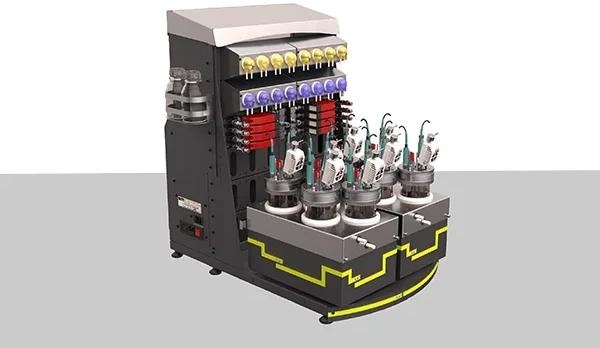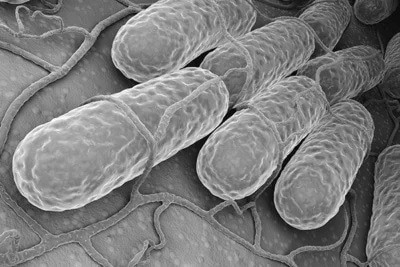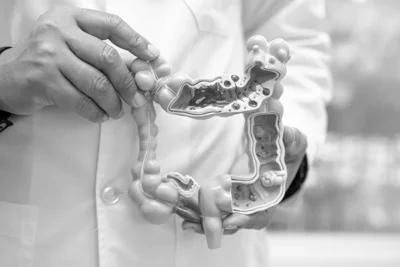Microorganisms massively impact our everyday lives, with microbial cells in our bodies existing at a ratio of approximately one microbial cell for every human cell.

Image Credit: H.E.L Group
This has led to a boom in research over the past 15 years, delivering significant insights into the mix of microorganisms inhabiting the human gastrointestinal (GI) tract, their effect on health and disease, and the relationship between humans and microbes.
Research has revealed that gut microbiome (GM) varies significantly between individuals, largely depending on their diet and health status, posing a challenge for data comparison.
In vivo analysis is the preferred technique for analyzing GM. However, this method is often unfeasible, costly, time-consuming, and resource-intensive.
In vitro simulation represents a powerful alternative to in vivo analysis, and there has been a concentrated effort to standardize methodologies to guarantee reproducibility.
This article discusses recommendations for recreating the digestive process using bioreactors.
Appropriate choice of system and simulation
The broad differences in gastrointestinal tract conditions mean several parameters must be accounted for, including stomach pH and colon oxygenation.
Recreating this environment with a single reactor is almost impossible. However, multi-reactor systems provide individual control of each vessel, enabling the modification of the internal physicochemical conditions and the simulation of different parts of the GI.
Tubing can connect the vessels, while peristaltic pumps can move the content between bioreactors, recreating emptying and filling processes and avoiding potential contamination.
Another consideration when designing an experiment is whether to use static or semi-dynamic models. While the former is more cost-effective and straightforward, static models can oversimplify a system. Semi-dynamic simulations recreate more realistic conditions, particularly the gastric phase, and can account for gradual acidification and fluid dynamics.
Implementation of standardized digestion simulation protocols
The diversity in digestion models and parameters presents a challenge when comparing results between studies.
Collaborative frameworks, such as INFOGEST, have encouraged the creation of simulation protocols to recreate realistic scenarios informed by research results and increase the reproducibility of experiments.
Such protocols provide structured approaches to simulating gastric, intestinal, and oral digestion phases, utilizing specific substrate ratios to digestive fluids.
Enzyme activity, the rate at which an enzyme transforms a substrate or generates a product, is a vital parameter to control. Recommended values should be provided in standardized protocols and are especially important for certain enzymes, including tripsine.
Control of environmental parameters
Bioreactors provide ideal conditions for microbial cultures using a combination of probes for measuring conditions.
Automation systems monitor these measurements in real-time and initiate corrective measures to address fluctuations. For instance, pH may be regulated with an acid or base solution or by injecting gases such as CO2.
An in-depth understanding of the simulated conditions is fundamental to ensure that the process is an accurate representation.
Important physicochemical parameters include temperature, pH, and dissolved oxygen. Other peculiarities of the GI must also be included, particularly the addition of simulated fluids, including gastric acid, saliva, and bile salts, as well as representative enzymes, such as pepsin and lipases, that are added at precise times.
Choice of appropriate biological agents
The biological agents used in the simulation, such as enzymes, microbial communities, and artificial fluids, shape the experiment’s result.
Starting with the microbial inoculum, it is important to recognize that synthetic communities are easier to control and tend to produce more consistent outcomes. Nevertheless, it is well established that microbial diversity varies between individuals. However, the different taxa's functions are believed to be conserved. Therefore, natural microbial communities better represent the complexity of the human gut microbiome when conducting studies.

Image Credit: H.E.L Group
Enzymatic mixes, such as amylases, proteases, and lipases, are used throughout simulations at various points to replicate processes in each compartment of the GI tract.
All organisms, from bacteria to mammals, produce enzymes to aid digestion. However, their reaction and activity will vary under the same physicochemical conditions. As a result, human-derived enzymes produce the best results.
In cases where such enzymes are not viable due to limited availability or high costs, porcine and bovine are preferred substitutes.
Incorporation of realistic physical conditions
Temperature is a critical parameter for life, and it is essential that it is controlled in the simulations. However, many other physical factors also need to be considered and replicated for the system to be reproducible.
The human body mixes content as it passes through the digestive system. Chewing in the oral cavity shreds solid contents, providing a higher surface area before entering the body, and peristaltic movements of the smooth muscle within the GI tract increase the mixing of the food bolus. The reactors are, therefore, equipped with means such as stirrers to ensure that the conditions in the vessel are similar to those in the GI.
In the digestive system, peristaltic muscle contractions also push the bolus down, and an effective way to replicate this during the simulations is by using peristaltic pumps to transfer the content of bioreactors.
Science in the golden age of the gut microbiome
In this golden age of gut microbiome research, recent advances in gastrointestinal tract simulation can help researchers understand the complex microbial ecosystems within the human body and their profound impact on human health, disease, and behavior.

Image Credit: H.E.L Group
However, more controlled studies are required to ensure reproducible and reliable data. The methodologies discussed in this article are crucial for the effective in vitro simulation of the gastrointestinal tract. The article aims to equip researchers, clinicians, and enthusiasts with the tools needed to lead the way in this dynamic field.
The aim of the golden age is to go beyond scientific discoveries and apply them to human health. These methodologies help explore and expand existing knowledge around the role of the microorganisms associated with human health and disease, leading to a healthier future.
About H.E.L Group
H.E.L develops and manufactures innovative scientific instruments and software designed to optimize the efficiency, safety and productivity of key processes in chemistry and biology applications.
The H.E.L team of 70 includes highly skilled process and software engineers, based at their extensive research and manufacturing facilities in the UK, as well as sales and support offices around the world.
H.E.L has a long history of solving complex challenges for customers. Since 1987, the Company has worked with businesses and laboratories globally, providing proprietary automated solutions for the pharma, biotechnology, chemical, battery and petrochemical sectors.
We continue to extend the reach of our products and service to support and enable R&D and process optimization further across Europe, the US, China and India.
H.E.L is accredited with ISO 9001 : 2015.
Sponsored Content Policy: News-Medical.net publishes articles and related content that may be derived from sources where we have existing commercial relationships, provided such content adds value to the core editorial ethos of News-Medical.Net which is to educate and inform site visitors interested in medical research, science, medical devices and treatments.